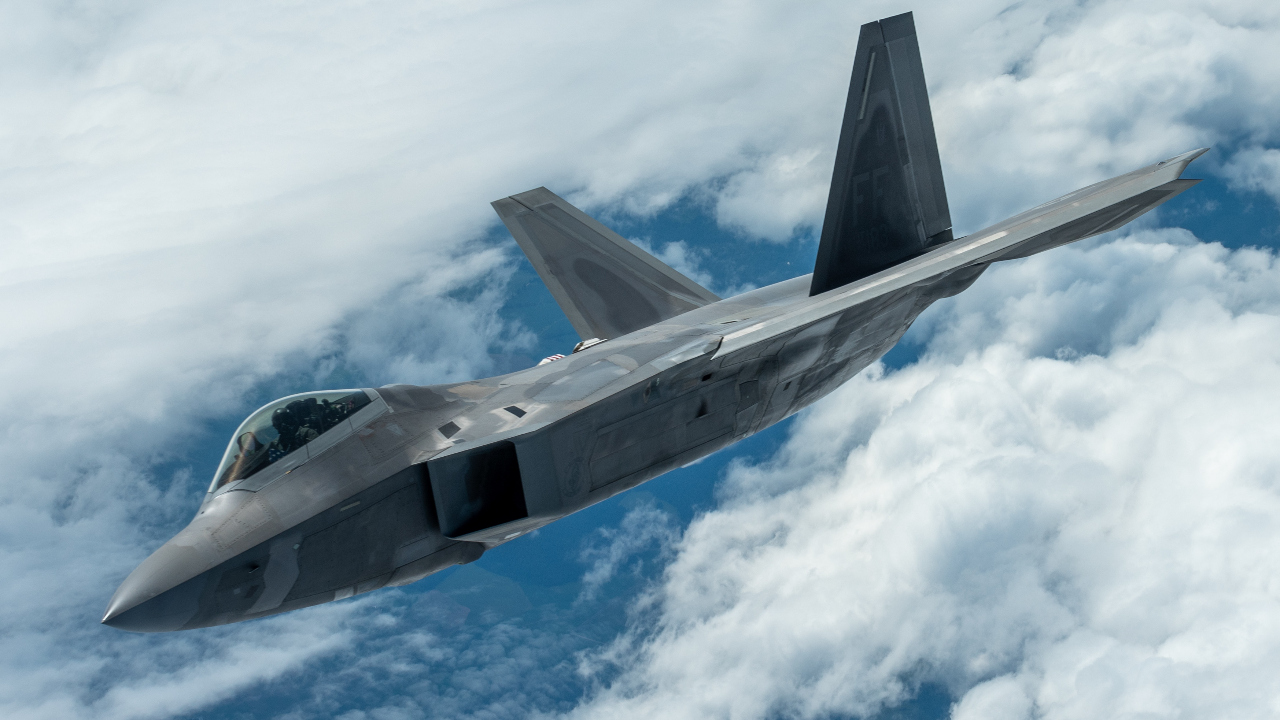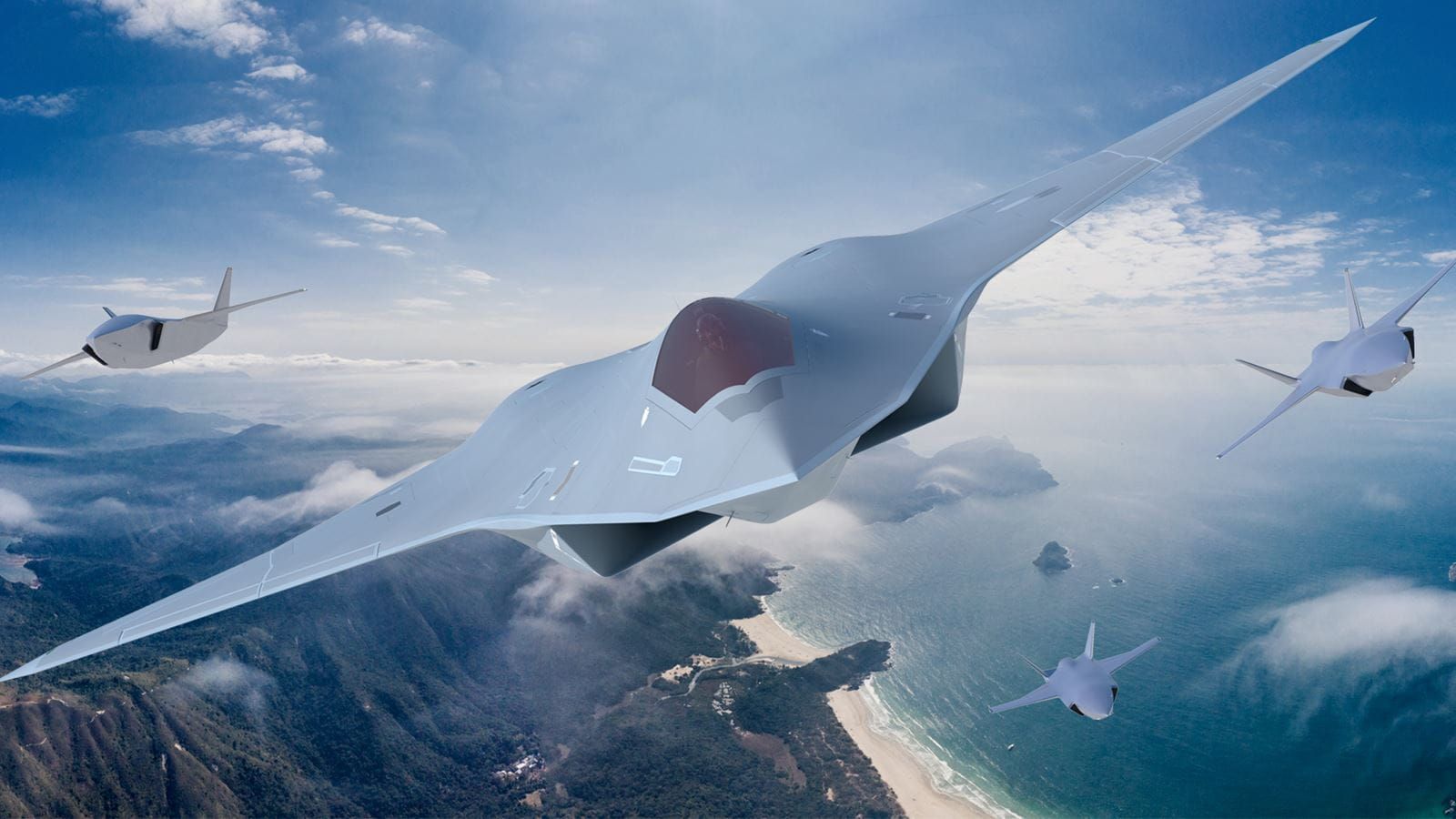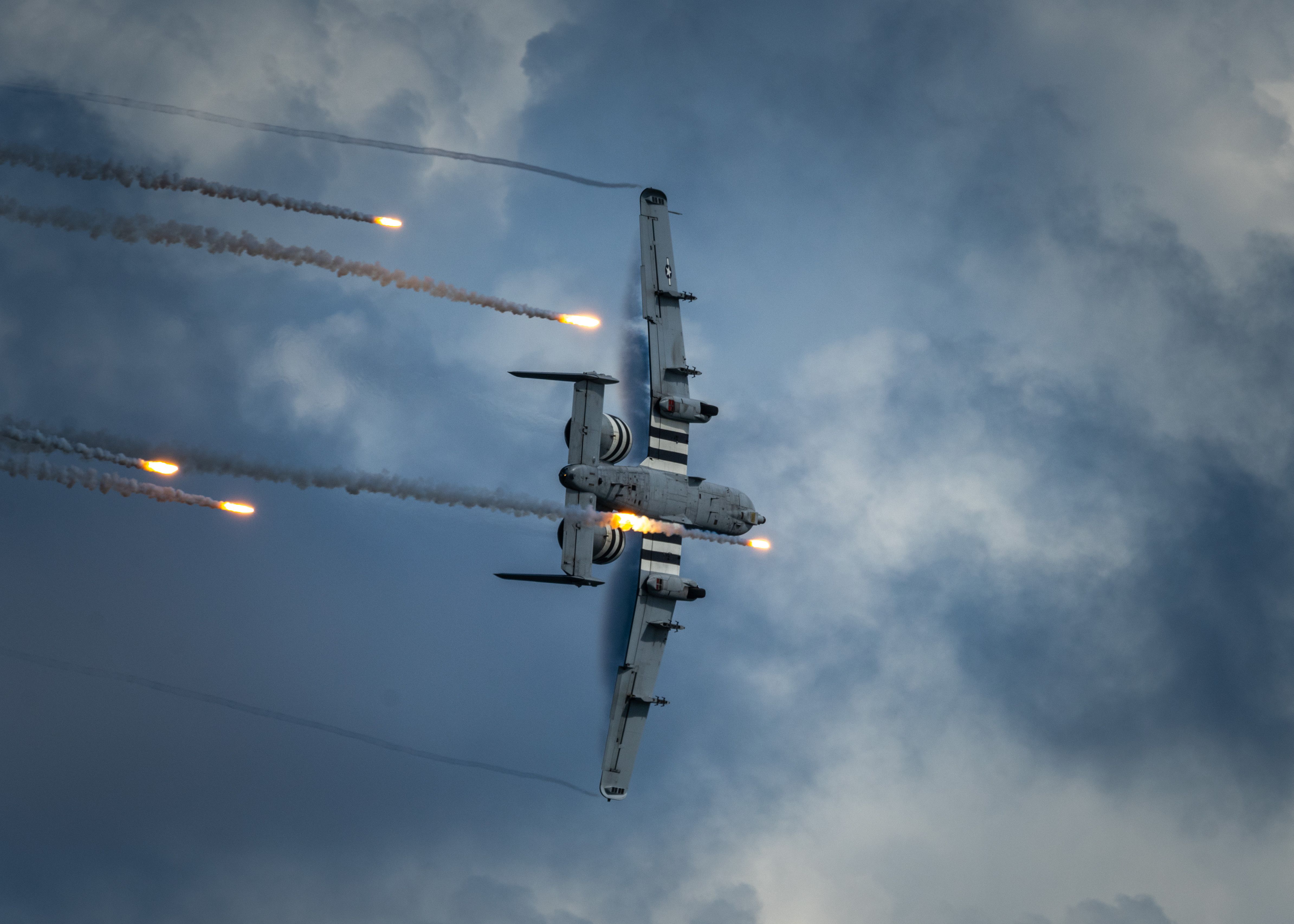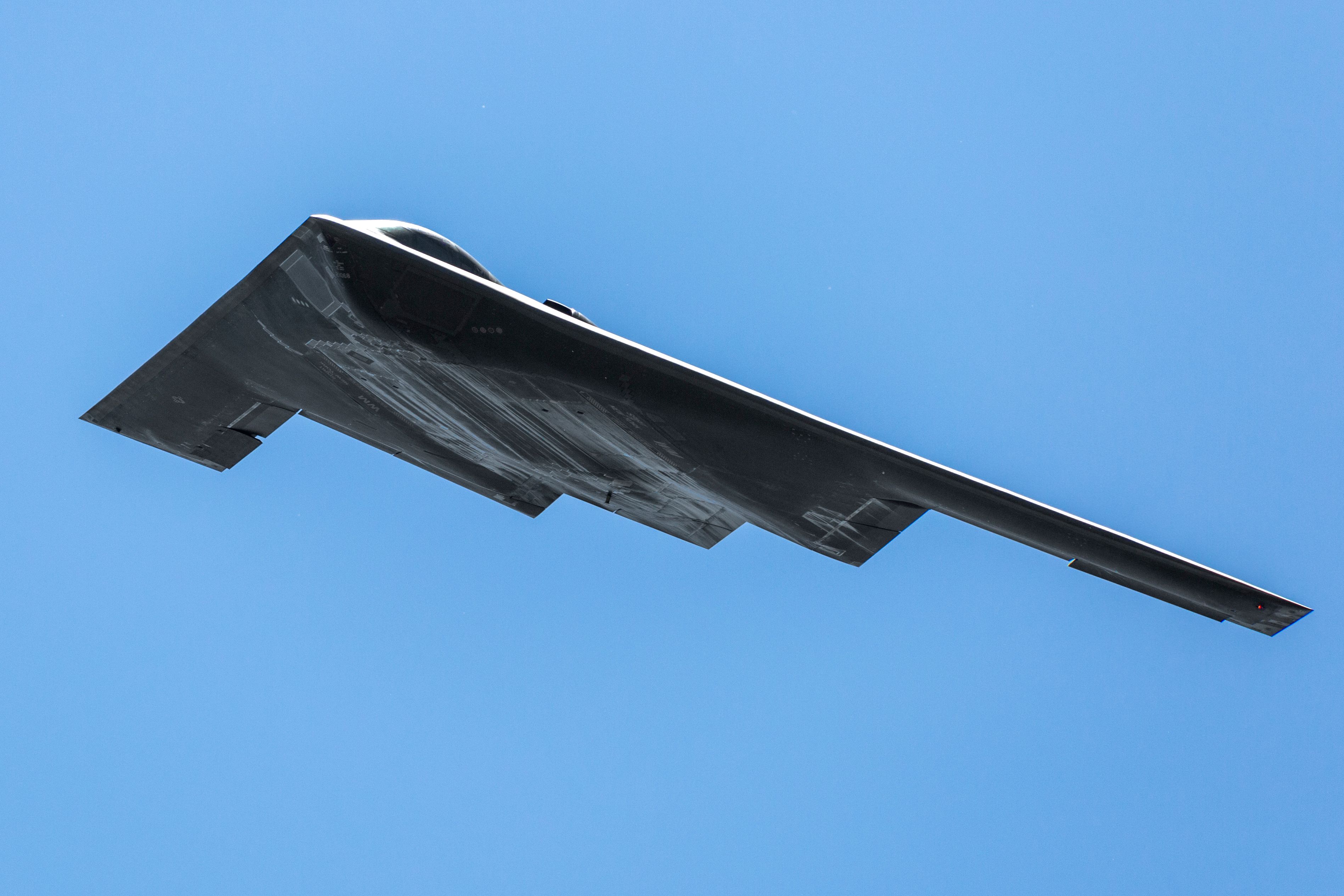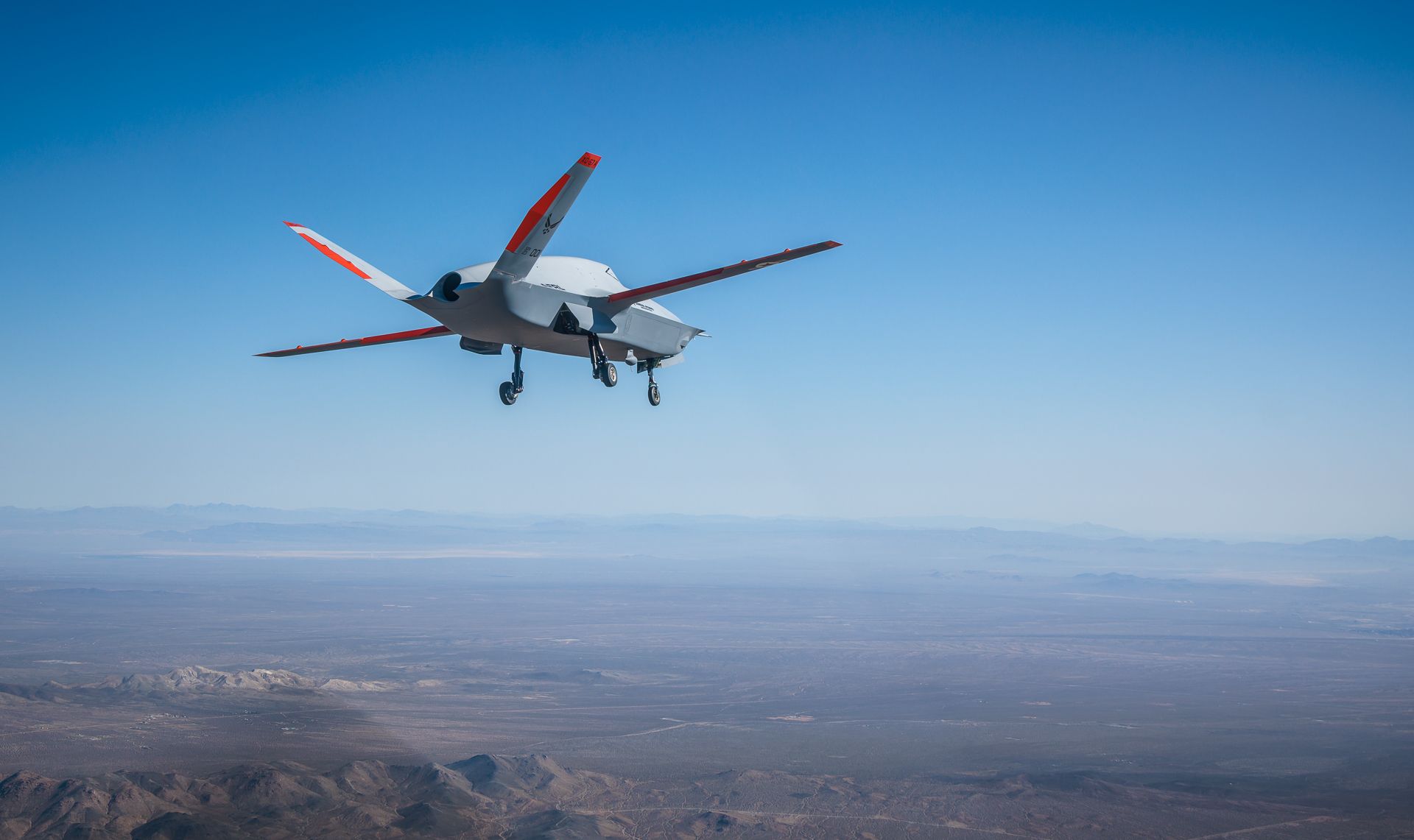Summary
- Air Force FY 2025 budget request focused on Airmen & Guardians
- Budget allocates $42.9bn for quality of life, 4.5% pay raise, bonuses
- Prioritizes near-term readiness, modernization, delays investing for certain 2030s programs
The Department of Defense is asking for a modest 1.1% increase in spending for the Air Force in Fiscal Year 2025, but this budget comes with some difficult decisions. Secretary of Defense Lloyd J. Austin III recently stated that the budget is tough but also responsible, as the Air Force doesn’t have the resources to pursue everything it would like. The budget provides more funding and pay raises for its airmen. Additionally, the Air Force is looking to ax dozens of older F-15s, F-16s, A-10s, and even non-combat-worthy F-22s in an effort to focus on fifth—and sixth-generation aircraft.
Secretary of Defense: ‘tough but responsible’
According to the Department of Defense, Secretary of Defense Lloyd J. Austin III was asked about the Air Force budget request at the Senate Appropriations Committee. He stated that some investments in 5th and 6th-generation aircraft have been delayed. Austin noted this enables the Air Force to invest more funding in important short-term areas, such as service members and their families.
Photo: Collins Aerospace
No organization can function without the people that make it up. The Air Force’s budget includes $42.9 billion to improve the quality of life for the Airmen and Guardians – this constitutes a 4.5% pay raise. The budget also includes another $1.1 billion in bonus and retention programs for 118,000 critically skilled persons.
It is often easy to forget the importance of the servicemen and women who make up an organization. It’s of little benefit for the Air Force to procure aircraft if there is no one to operate them. Even the tiny Royal New Zealand Air Force, with its merger assortment of aircraft, is having trouble recruiting enough personnel to operate what they have.
“[Our budget request] is aligned to our strategy, We made tough, but responsible decisions that prioritize near-term readiness, modernization of the joint force, and support for our troops and their families. Our approach dials back some near-term modernization for programs not set to come online until the 2030s.” – Secretary of Defense Lloyd J. Austin III
Meanwhile, the Chairman of the Joint Chiefs of Staff Air Force Gen. CQ Brown, Jr., stated he didn’t think the FY 2025 budget would negatively impact defense operations. However, both CQ Brown, Jr. and Austin stated that future budgets five to ten years from now would need to increase top-line funding to refocus on modernization. Brown also stated “We got to make sure we have capability that stays ahead of the threat, and then also have capacity to be able to operate in many of the areas around the world like we do today.”
Separately the Secretary of the Air Force Frank Kendall stated: “I think that 2025, while difficult, is at a level that I think we can accept, and it will still allow us to make progress on the modernization we need.” It was also noted that the Air Force’s core functions remain unchanged (namely air superiority, global strike, rapid global mobility, command and control, and ISR).
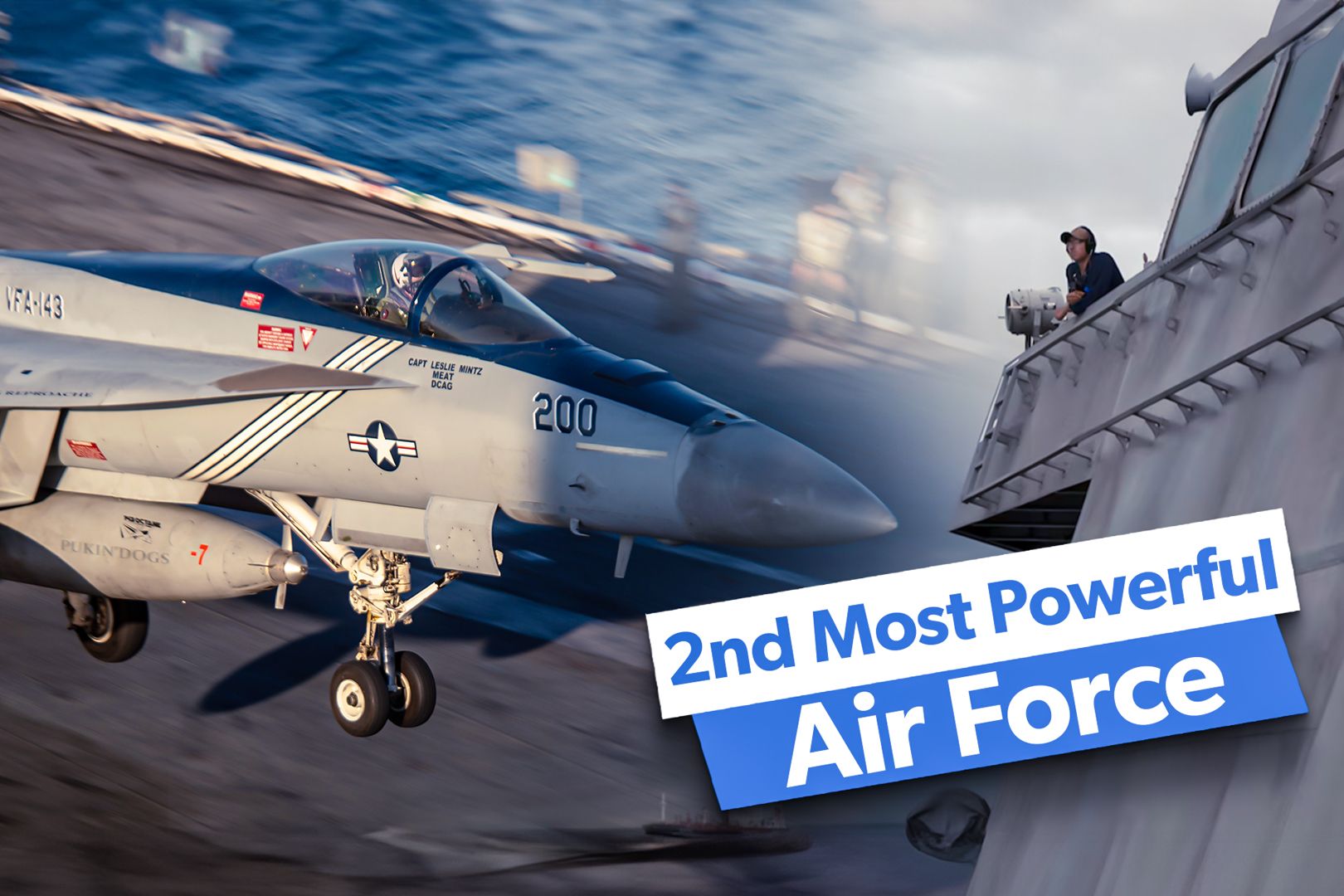
Related
How The US Navy Became The World’s 2nd Most Powerful Air Force
The US Navy is arguably the second-most powerful in the world – although it is built for a particular mission set.
Photo: US Air Force
Divesting vs procuring
The Air Force is set to divest around 250 aircraft and shrink below 5,000 aircraft. This trend is expected to continue as the Air Force procures much more capable – but also much more expensive – 5th and 6th-generation fighters. In terms of numbers (as opposed to capability), the US Air Force remains the largest air force in the world – although the gap is somewhat narrowing with China.
The massive cost of maintaining the Air Force’s existing fleets of aircraft was made clear with Northrop Grumman being awarded a $7 billion contract to upgrade the fleet of 19 B-2 Stealth Bombers into the late 2020s. That equates to around $350 per aircraft, meaning the overhaul alone would make the B-2 one of the world’s most expensive military aircraft.
Photo: BlueBarronPhoto | Shutterstock
One way the Air Force is seeking to compensate for the progressive loss of mass is to rely more on unmanned systems (aka drones). The sixth-generation NGAD fighter under development is expected to be a family of systems using loyal wingman drones (called collaborative combat aircraft or CCA). The Air Force has now selected Anduril and General Atomics to continue developing these next-generation advanced drones.
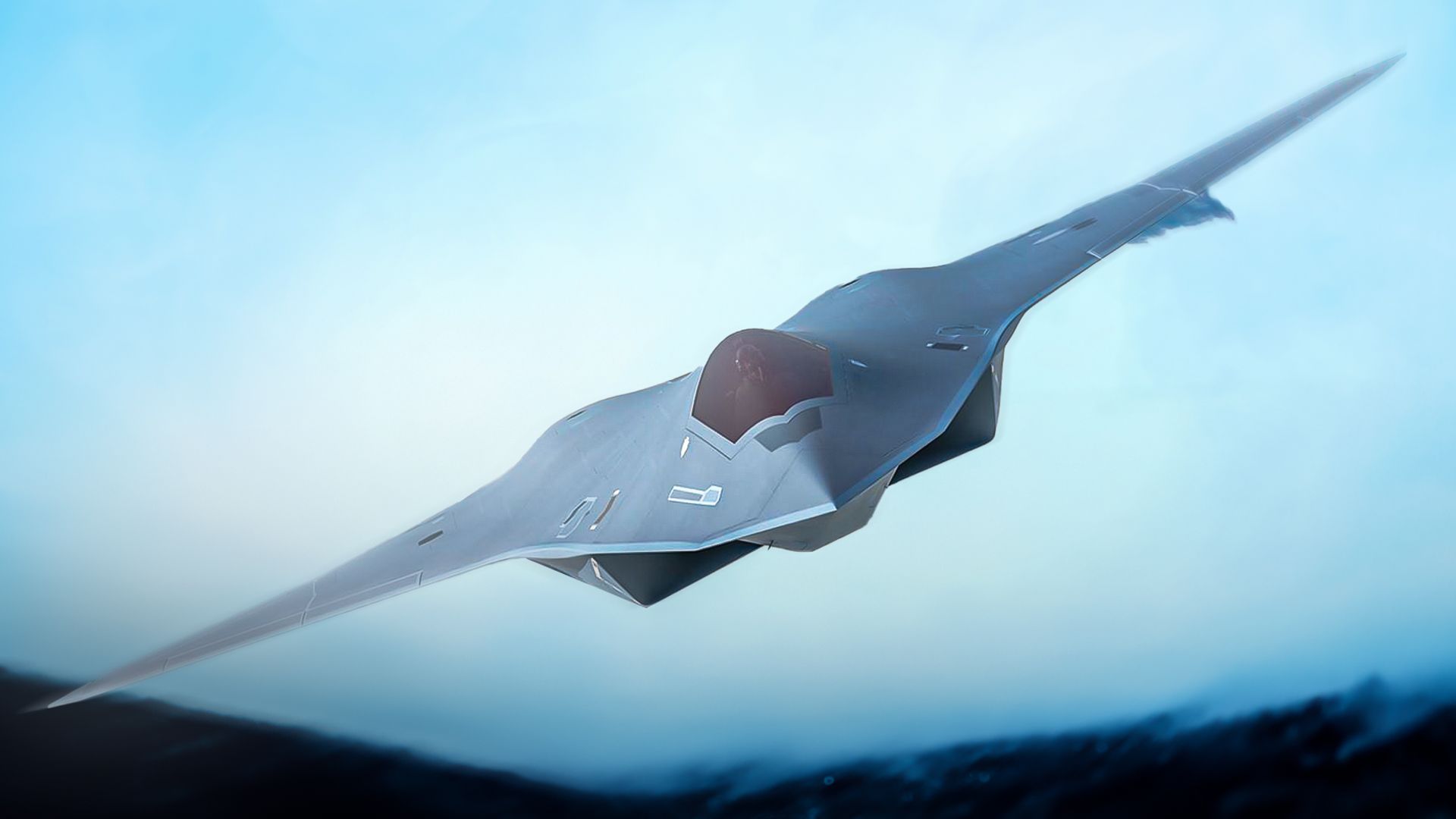
Related
How Much Does It Cost To Develop US Air Force 6th Generation Fighter Jets?
An individual NGAD fighter is expected to cost hundreds of millions of dollars dwarfing the cost of an F-35.
FY 2025 Air Force budget request
The Department of the Air Force has submitted a $217.5 billion budget request for FY 2025. According to the Air Force, this sum includes $188.1 billion for the Air Force and $29.4 billion for the Space Force. The overall budget is only 1.1% or $2.4 billion, greater than the FY 2024 budget.
The budget includes $14.9 billion to enhance competitive capabilities and maintain air domain lethality. $24.9 billion to ensure the US has an unmatched ability to deliver global strikes. Another $29.4 billion for readiness. There are billions more for space launches, interpreting satellite communications, multi-orbit missile warning platforms, and other items. Perhaps the most notable line item for a single aircraft is $3.4 billion for the Next Generation Air Dominance Family of Systems (NGAD). NGAD is the sixth-generation fighter planned to replace F-15s and F-22s and complement the F-35s.
Photo: Air Force Material Command
The total US military budget request for FY 2025 is $849.8 billion, including $143.2 billion for research, development, testing, and evaluations and another $167.5 billion for procurement. SIPRI uses its own methods to estimate military budgets and estimates that in 2023, the real US expenditure was $916 billion, while China spent $296 billion. The global military spending was $2.443 trillion.

